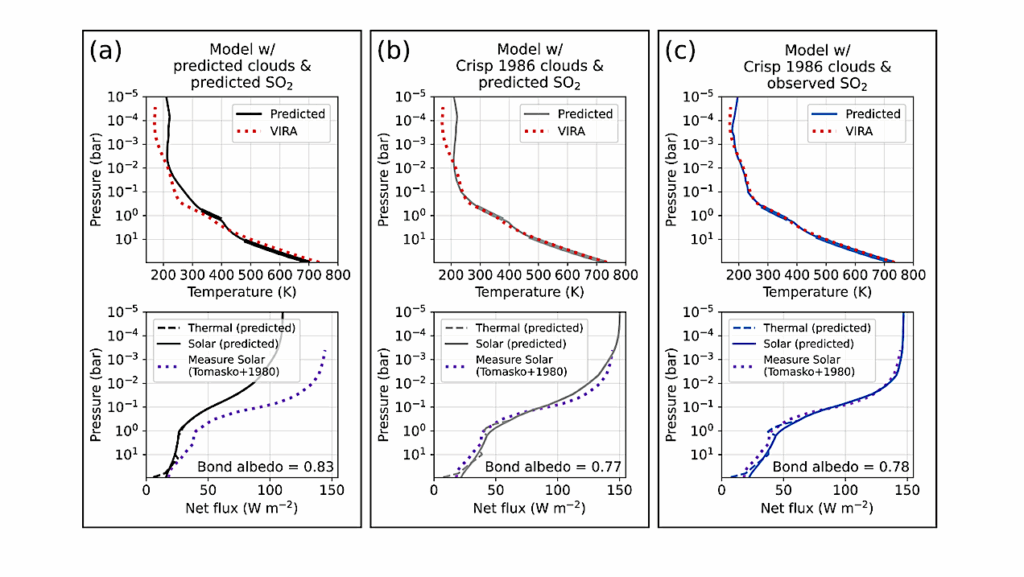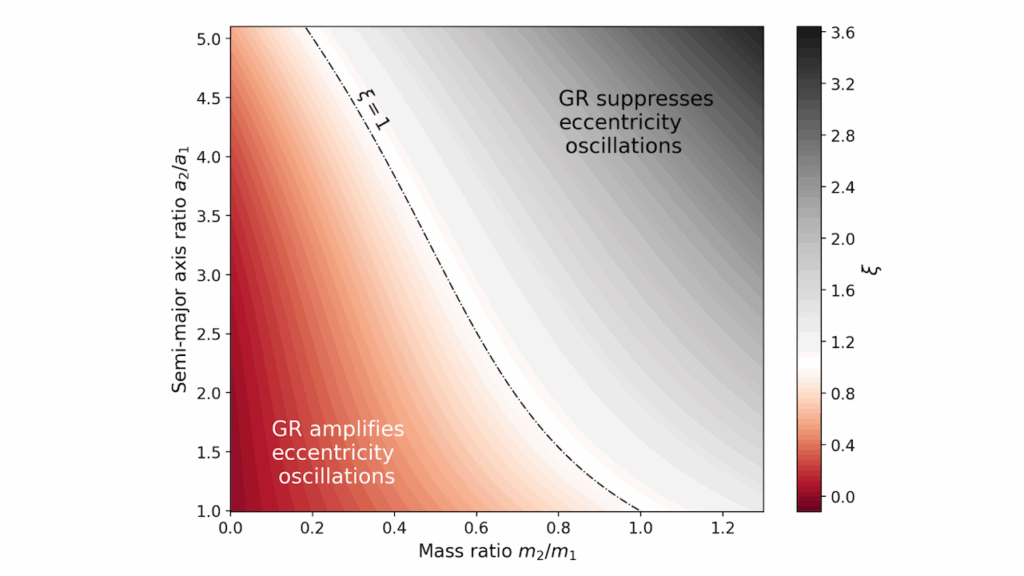Flares And Rotation Of M Dwarfs With Habitable Zones Accessible To TESS Planet Detections

We characterize the magnetic activity of M dwarfs to provide the planet community with information on the energy input from the star; in particular, in addition to the frequency of optical flares directly observed with TESS, we aim at estimating the corresponding X-ray flare frequencies, making use of the small pool of known events observed simultaneously in both wavebands.
We identified 112 M dwarfs with a TESS magnitude <= 11.5 for which TESS can probe the full habitable zone for transits. These 112 stars have 1276 two-minute cadence TESS light curves from the primary mission, which we searched for rotational modulation and flares. We study the link between rotation and flares and between flare properties, for example the flare amplitude-duration relation and cumulative flare energy frequency distributions (FFDs). Assuming that each optical flare is associated with a flare in the X-ray band, and making use of published simultaneous Kepler/K2 and XMM-Newton flare studies, we estimate the X-ray energy released by our detected TESS flare events.
Our calibration also involves the relation between flare energies in the TESS and K2 bands. We detected more than 2500 optical flare events on a fraction of about 32% of our targets and found reliable rotation periods only for 12 stars, which is a fraction of about 11%. For these 12 targets, we present cumulative FFDs and FFD power law fits. We construct FFDs in the X-ray band by calibrating optical flare energies to the X-rays. In the absence of directly observed X-ray FFDs for main-sequence stars, our predictions can serve for estimates of the high-energy input to the planet of a typical fast-rotating early- or mid-M dwarf.
B.Stelzer, M.Bogner, E.Magaudda, St. Raetz (Eberhard Karls Universität Tübingen, Germany)
Comments: 23 pages; Accepted for publication in A&A
Subjects: Solar and Stellar Astrophysics (astro-ph.SR); Earth and Planetary Astrophysics (astro-ph.EP)
Cite as: arXiv:2207.03794 [astro-ph.SR] (or arXiv:2207.03794v1 [astro-ph.SR] for this version)
https://doi.org/10.48550/arXiv.2207.03794
Focus to learn more
Submission history
From: Beate Stelzer
[v1] Fri, 8 Jul 2022 09:53:48 UTC (2,687 KB)
https://arxiv.org/abs/2207.03794
Astrobiology,








